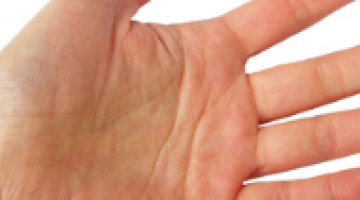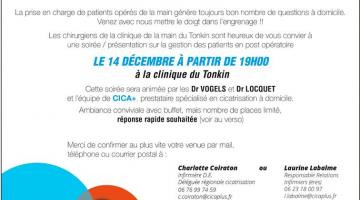responsive
What is a Rhizarthrose ?
 Osteoarthritis of the base of the thumb is a common problem, often affecting women in their fifties. It can affect both sides of the finger. .
Osteoarthritis of the base of the thumb is a common problem, often affecting women in their fifties. It can affect both sides of the finger. .
This arthrosis is sometimes caused by fractures, rheumatoid arthritis or infections. More often than not, the exact cause of this arthritis is unknown.
Pain is the most common symptom, and it appears mostly when performing small daily activities like turning a key or manipulating a small object.
Little by little, the joint deteriorates and dislocates. Then, a typical deformation appears at the base of the thumb.
Symptomes
responsive
Osteoarthritis of the base of the thumb treatment
Traitment
Initially, therapy includes a period of rest in which the patient must avoid painful movements. This is combined with anti-inflammatory medicine and a light orthesis made of neoprene to hold the thumb.
Rehabilitation focuses on anti -inflammatory and analgesic elements, for example electrotherapy and ultrasound. An infiltration injection of cortisone is sometimes given.
Surgery

Surgery should be envisaged if medical treatment carried out over 6 months to a year is not successful.
-
The most simple surgery is a pain management surgery, called denervation of the trapezio-metacarpal joint.
This surgery is considered for young patients, as it avoids contact with the joint. It involves the section of the nervous fibres that send pain signals from the joint to the brain. The success rate is only 80%.
-
More complex surgery with a higher success rate involves removal and replacement of painful joint surfaces.
This type of surgery requires a 24 hour long hospitalization and anaesthesia of the upper limb.Depending on the size of the arthritis, the seriousness of the dislocation, age and professional activity,the joint might be replaced by a tendon, which acts as biological shock-absorber.
There is no risk of rejection of the prosthesis.





